The 1898 Wisden Cricketer of the Year, Gilbert Laird Jessop AKA ‘The Croucher’, is a well-known name in the annals of English cricket. However, what is less well known is how a move to Burford, in Oxfordshire in 1893 proved a major turning point in the early career of future England all-rounder and indirectly, the lives of a group of young girls, who wanted to play cricket!
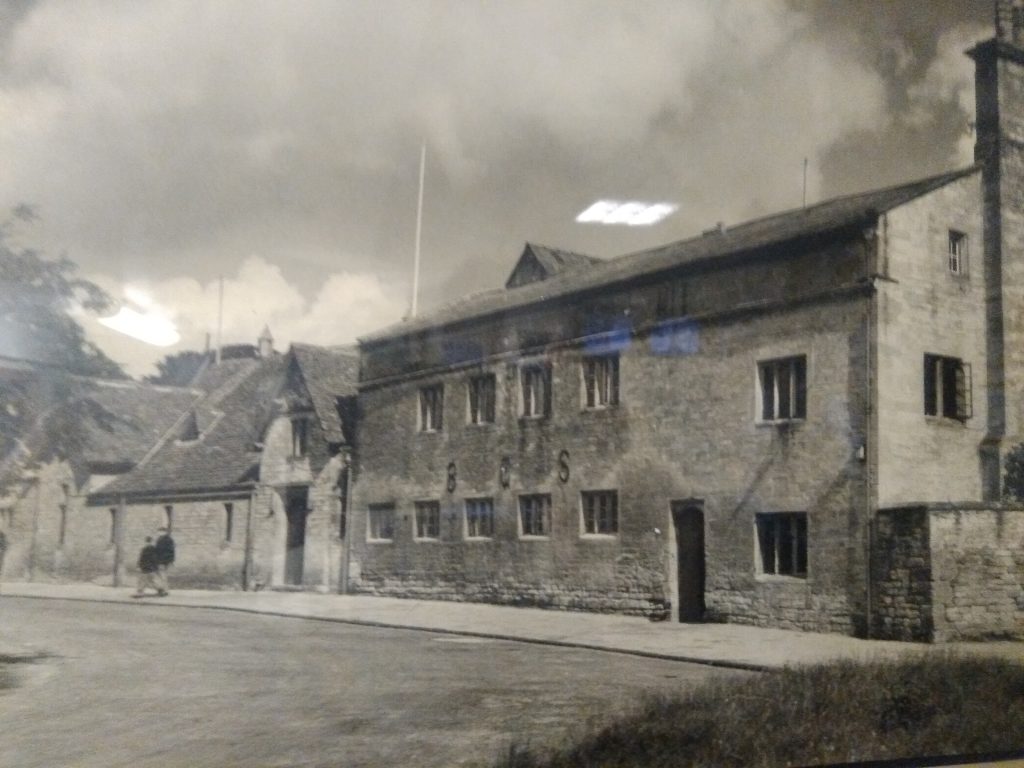
Burford Grammar school where Jessop taught in 1893/94, now the school Boarding House
Source: Author’s collection
Teaching at Burford Grammar School enabled Jessop to play lots of cricket that summer, both for the school and several local clubs. However, the opportunity to play at a higher level came purely by chance and was described by Jessop as a, ‘sheer fluke!’ A telegram from the organiser of the county trial, which read, ‘ask Jessop to play’, was actually meant for his cousin Hylton, who was considered at the time to be a stronger batsman than Gilbert; Hylton was unable to play, so Gilbert went instead.
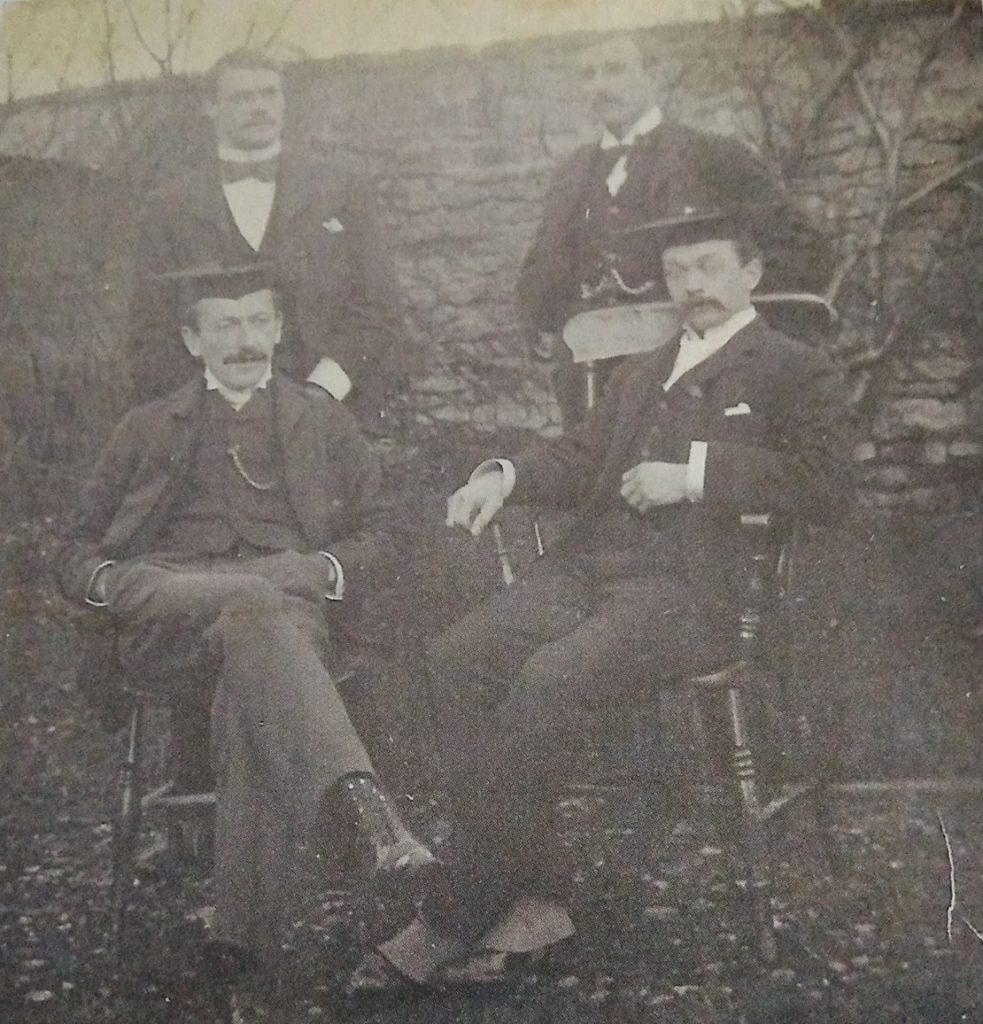
Jessop [back left] with fellow schoolmasters at Burford Grammar School in 1893
Source: Roger Gibbons
-
Jessop with WG Grace taken in 1898
Source: Author’s Collection
-
Left: Jessop’s fielding caught the eye of WG Grace & Charlie Townsend
Source: Author’s Collection
-
Charlie Townsend
Source: Author’s collection
Meanwhile, at Burford Grammar School, Jessop was also making his mark! The school magazine, ‘The Burfordian’ of 1893, noted his contribution:
‘ Mr G.L.Jessop, has already made himself famous for a long distance around by his prowess on the cricket field. He is head and shoulders above any cricketers in the area and it is needless to say that he has been our mainstay. He is a brilliant hitter and a really fast bowler and besides this, he thoroughly understands the game. It is not surprising to learn that the boys have been most keen about the game and the practises have been most thoroughly enjoyed’.
Clearly Jessop’s arrival had ignited interest in cricket, not just at the school, but also within the local area.
-
A young Jessop
Source: Author’s collection
-
Image of index page of The Burfordian 1894
Source: Author’s Collection
In the summer of 1894, alongside playing matches for the school and several local clubs, Jessop spent time at school, coaching and practising with a 17 year old pupil, Tom Garne, who opened the bowling for the school; Garne’s cousin was 16 year old Ethel Cheatle, who was the daughter of Dr Edward Cheatle, who was a benefactor of the school and lived locally. Ethel had an older brother Thomas ( who had played cricket for the school), who was two years older and along with her cousin Tom, is likely to have spent time practising batting and bowling in the garden or on the recreation field in Burford, perhaps on occasions, receiving coaching from Jessop. She was clearly a very athletic young woman, as there is evidence of her playing hockey in the Oxford Journal of 1905, with a Miss Cheatles eleven playing against a Miss Batts eleven!
Burford was a boys school at this time, so Ethel was probably educated at home or possibly at one of the small private schools for girls that were beginning to be established in the area.

‘The Original English Lady Cricketers’
Source:Nigej at English Wikipedia., Public domain, via Wikimedia Commons
In 1891, the first professional women’s players called ‘The Original English Lady Cricketers’, made an appearance in Oxford and Ethel could well have attended the exhibition match, as a thirteen-year-old, which may have heightened her interest in playing the game. herself. Alongside this and closer to home, four miles up the road at Shipton under Wychwood, a women’s team raised by Mrs Cecile Samuda at Shipton Court, were playing matches against other women’s teams around the country and there appeared to be a boom in women’s cricket in Oxfordshire at this time. It is highly likely, therefore, that a young Ethel would have spectated and possibly played in one or more of these matches, which would have given her the impetus to put together a girl’s team, as at this time in Oxfordshire, girls teams did not exist.
-
The poster for the Lady cricketers at Oxford
Source: Author’s Collection
-
Mrs Cecile Samuda promoted women’s cricket at Shipton Court near Burford
Source: Author’s Collection
Therefore, on Tuesday 26 June 1894, an extraordinary cricket match was organised between the smallest boys of the school and a team of girls led by Ethel Cheatle, extraordinary because it was the first example of a girls cricket team in Oxfordshire and the first recorded Boys v Girls match in the UK.
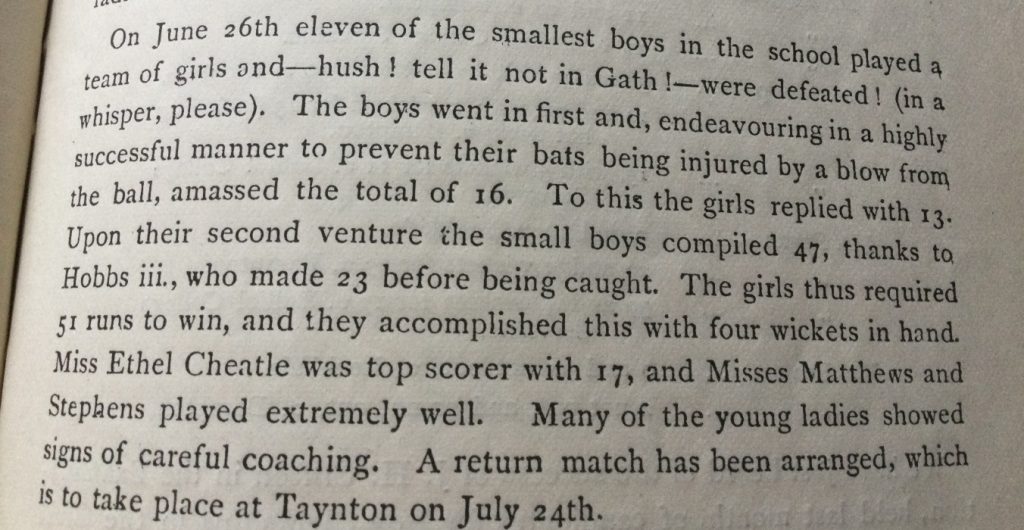
Extract from The Burfordian describing the match
Source: Author’s Collection
Ethel top scored with 17 runs in a low scoring match which consisted of two innings per team. The match would have been played on the Recreation Ground in Burford and it is highly likely that Gilbert Jessop would have been involved in the match, as he was involved in coaching the boys as part of his duties as a trainee teacher. It is also possible that he would have umpired the match along with another member of staff or a sixth form student, such as Tom Garne!
Also, as the match was played on a Tuesday, Jessop would not have been required to play for the school first eleven, who played matches on Saturdays.

Extract from The Burfordian describing the return match
Source: Author’s Collection
The happy coincidence of Jessop’s arrival at the school and the interest in women’s and subsequently, girl’s cricket in Oxfordshire at this time, created the perfect environment where a match of this type could take place.
As a postscript, some information on some of the main protagonists in this important story: Tom Garne eventually moved to London, where he continued to play cricket. Garne played one match for Middlesex second X1 and took 10 for 103 (5 wickets on each innings) in a match that Middlesex won by 6 wickets against Sussex in 1900. When playing for’ The Bees’ against London County, he bowled W.G.Grace and his brother and in a match against Cavendish, in 1899, he took 18 wickets for 17 runs! Clearly, he had huge potential as a bowler, but for some reason didn’t pursue a career as a cricketer. He later joined the Army and sadly passed away in India in 1906 at the age of 29.
After leaving school, Ethel Cheatle met and married Philip John Emmerton Brown and they had two children together. She spent the rest of her life living in Oxford, continuing to play sport. She died in 1947 at the age of 69.
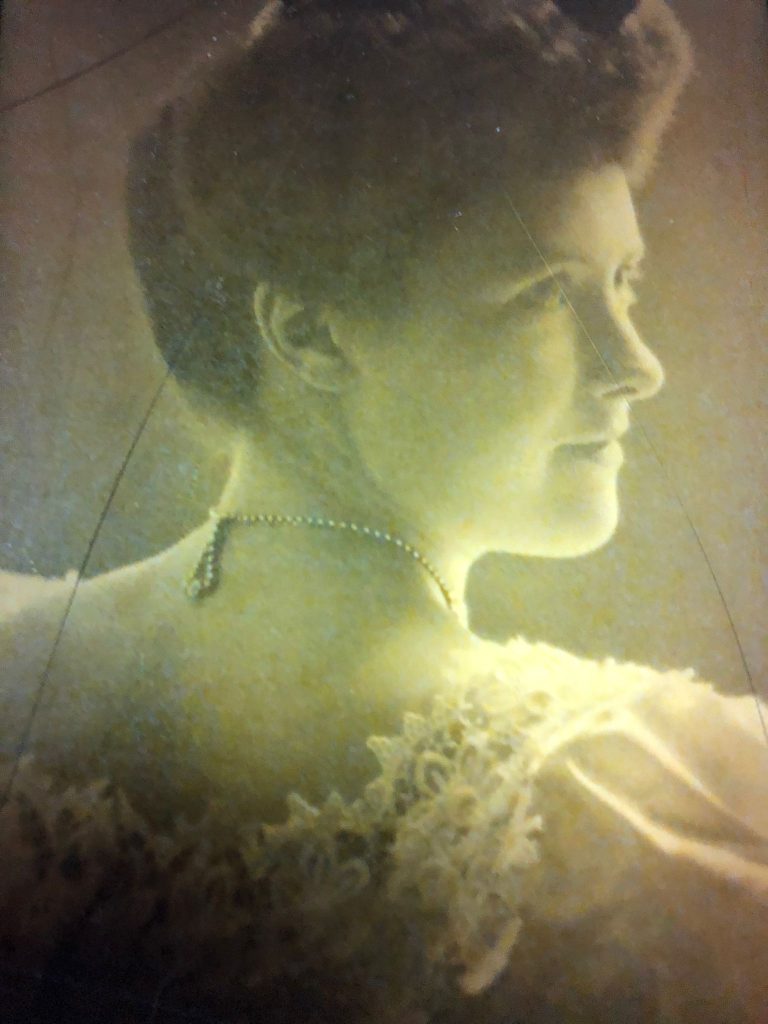
Portrait of Ethel Cheatle
Source: Courtesy of The Burford Tolsey Museum and archive
Gilbert Jessop, on the other hand, went on to play for Cambridge University, Gloucestershire and England. He was named Wisden Cricketer of the year, in 1898 and the fifth test match against Australia in 1902, became known as ‘Jessop’s match’, due to the fact that he won the match, by scoring 104 runs in 77 minutes! In 1917, he was invalided out of the army, unfortunately never to play again; he made his living as a Cricket journalist for the next 39 years and died at the age of 80 in 1955. Richie Benaud, the former Australian Cricket Captain and iconic commentator, paid tribute to Jessop by saying:
‘Jessop was perhaps the best one-day player ever, never to play that form of the game’.
Also by Bill Williams:
Botham’s Test and Jessop’s Match: Anniversaries and Kindred Spirits – Click HERE to read
Jessop’s Last Hurrah – Click HERE to read
Article ©️of Bill Williams

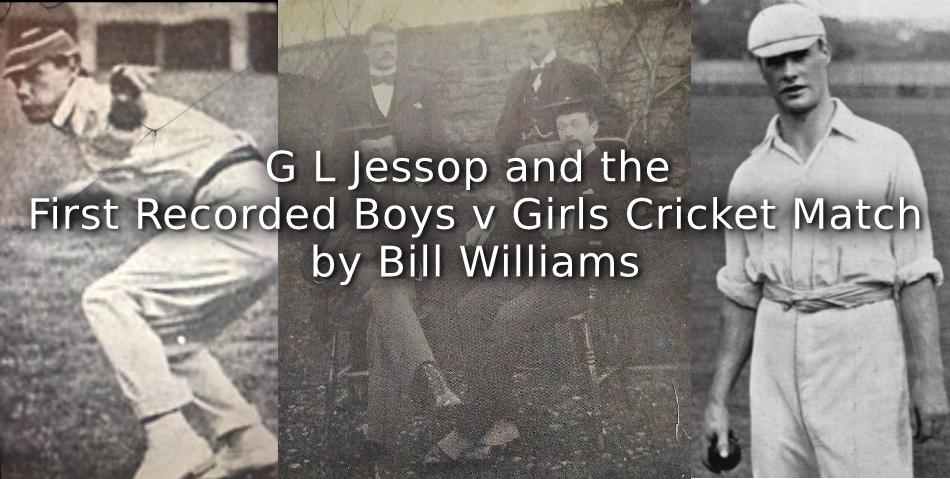
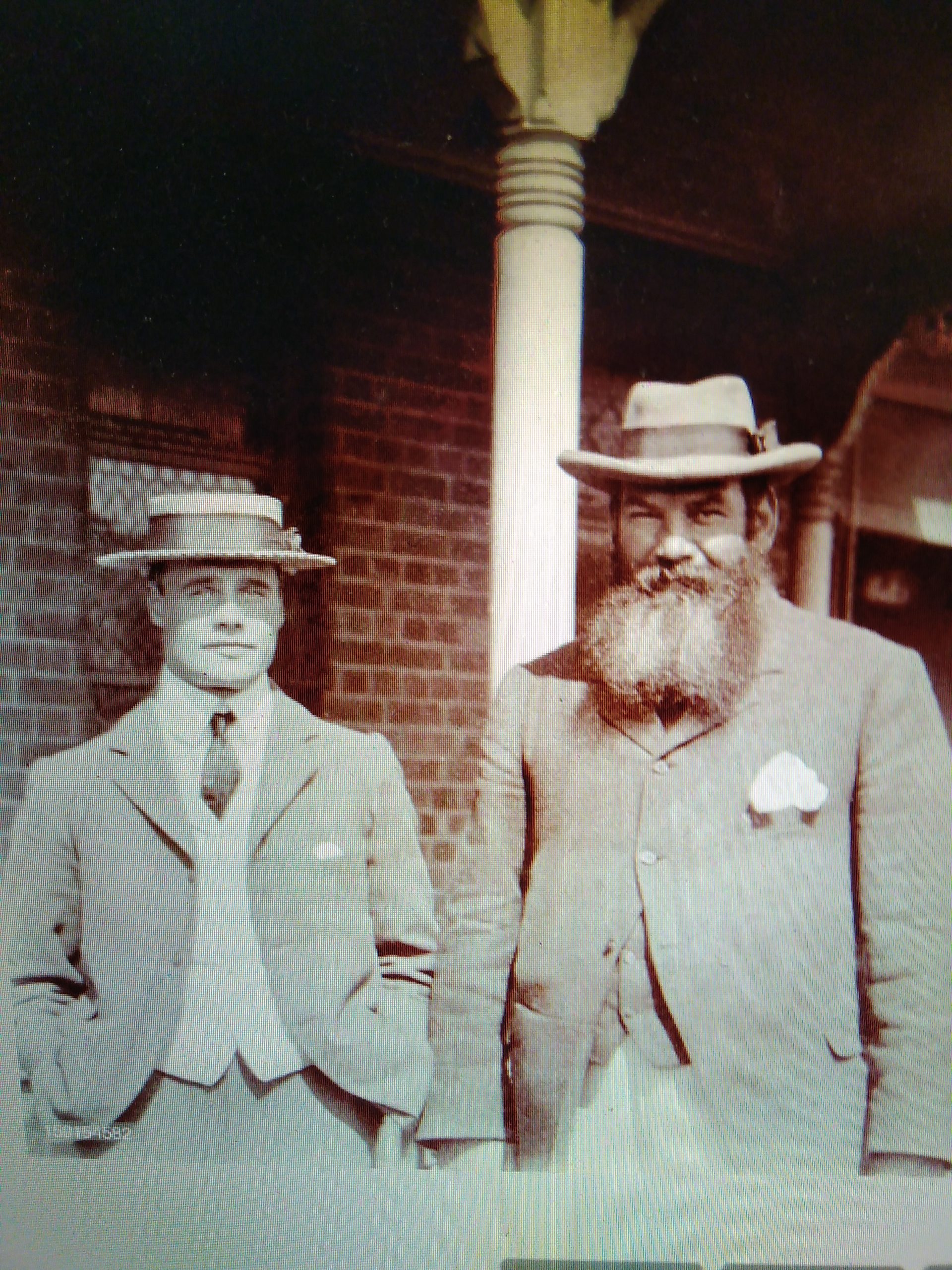
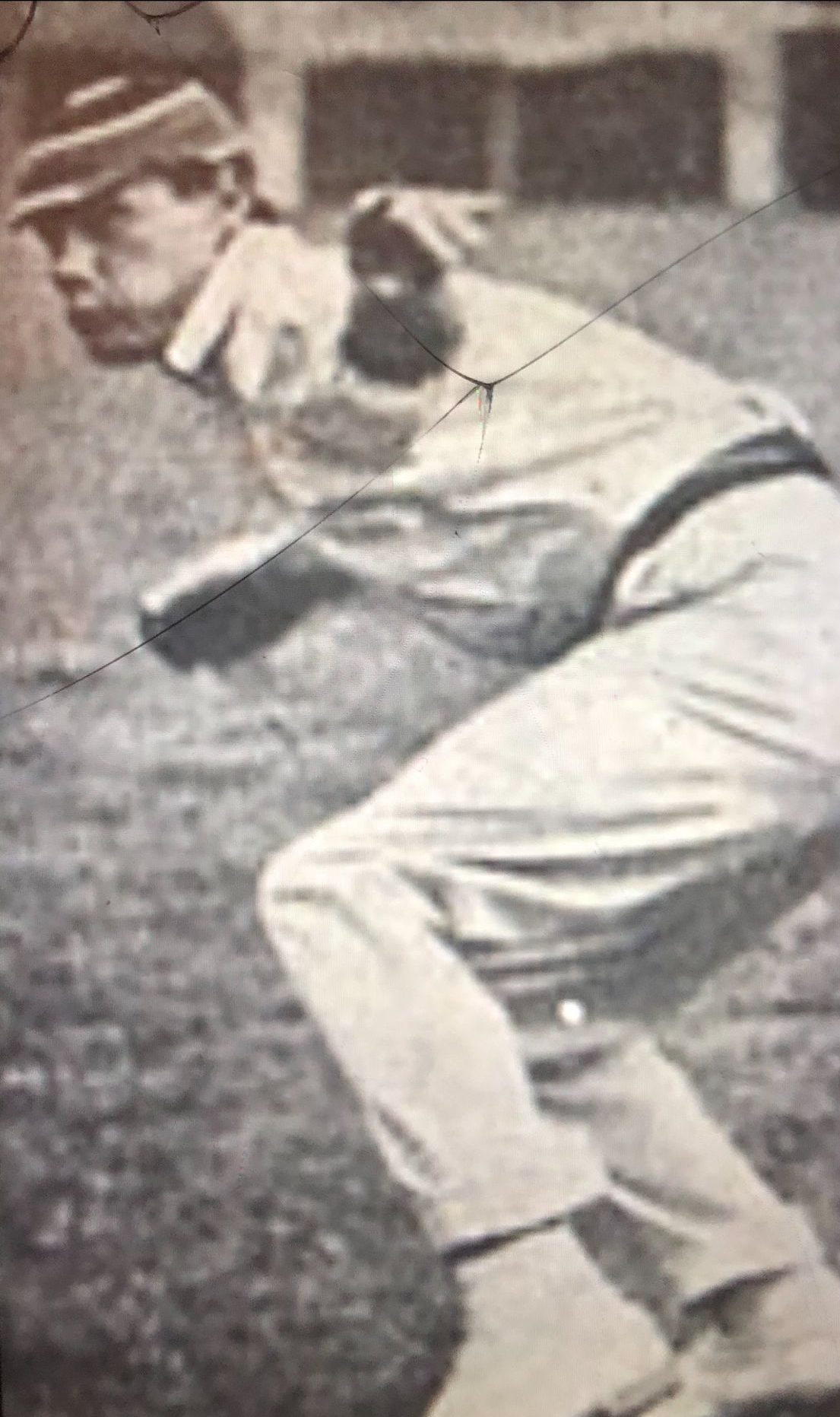
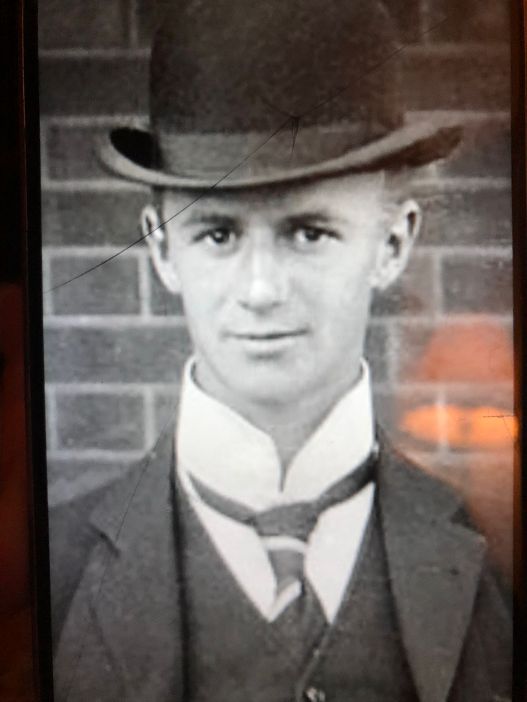


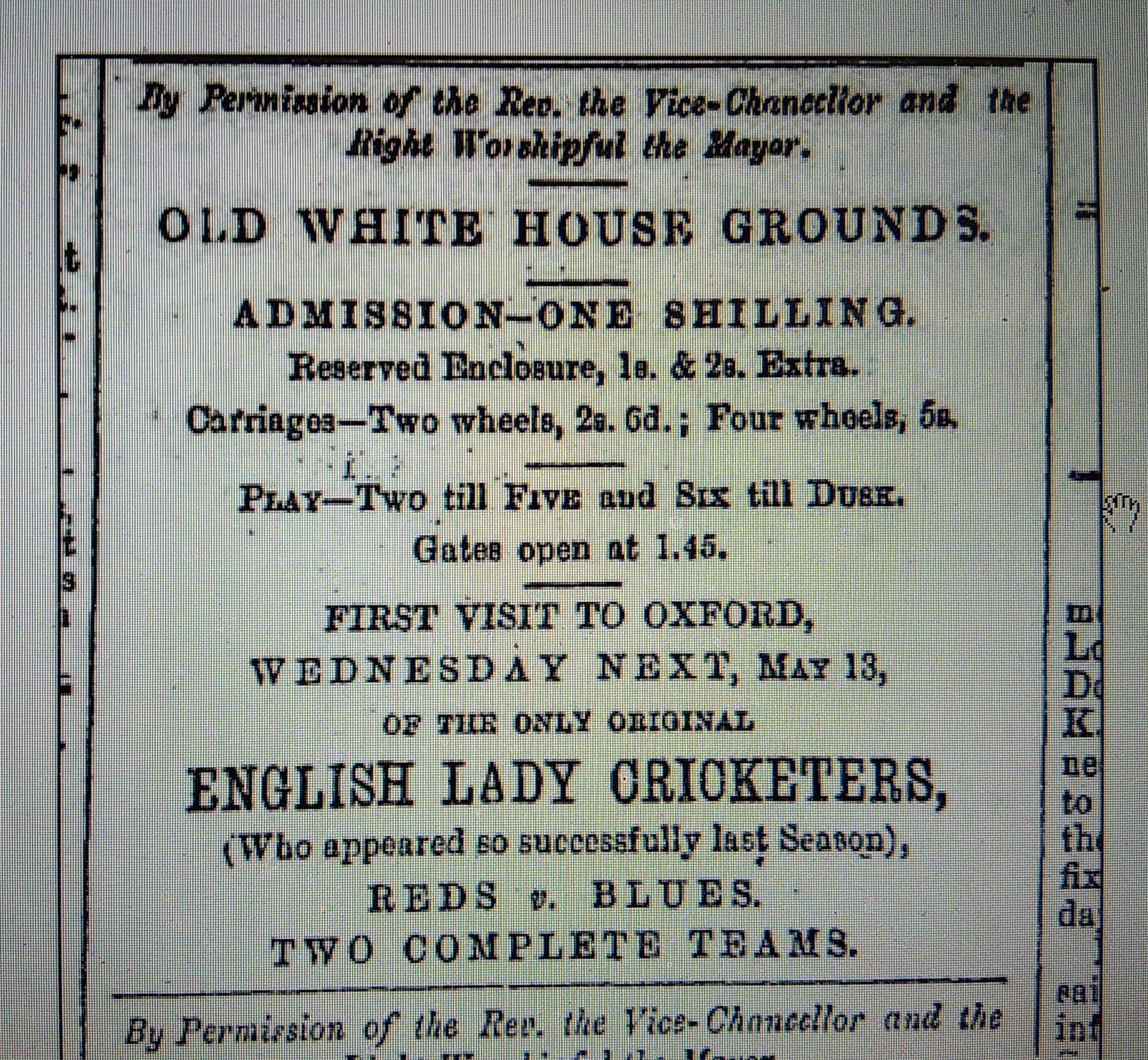
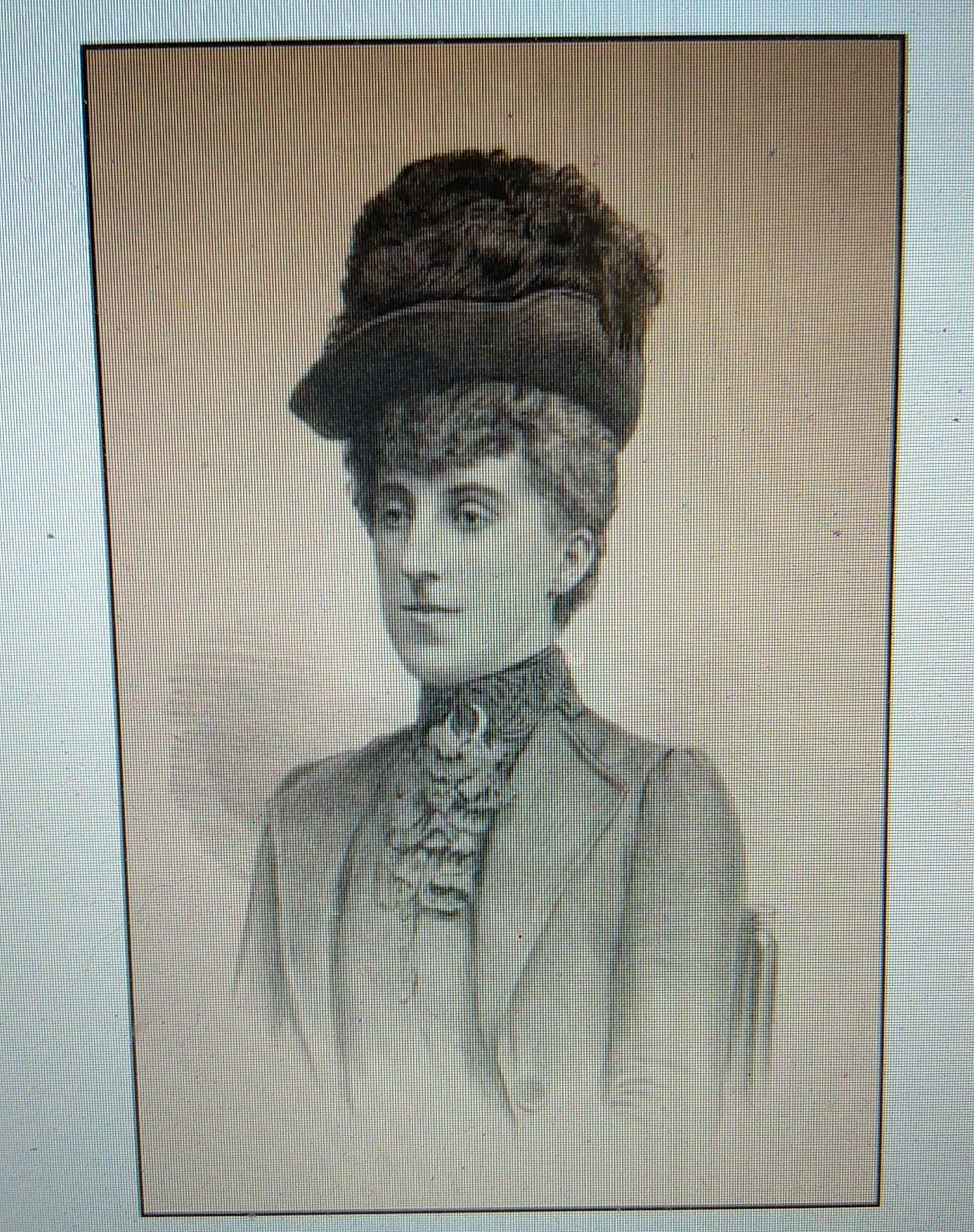
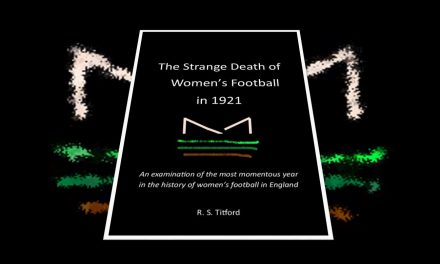
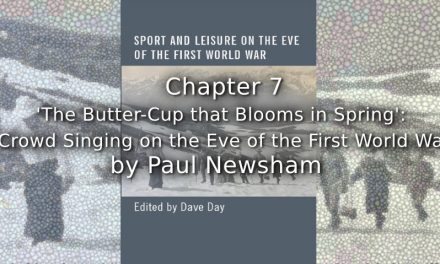
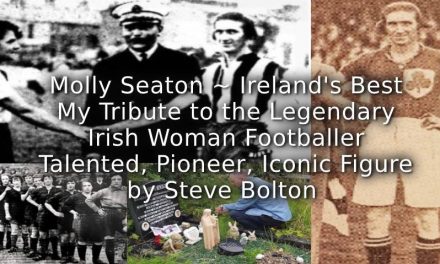
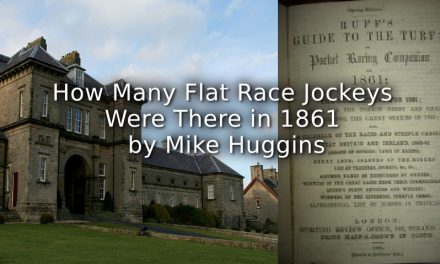
Interesting article on Burford School. I hope the legacy of playing Cricket lives on in the school. A great sporting school in so many disciplines. Well done Bill Williams, for keeping the history of the school down in writing for future generations to read..